Today is easter monday and virtually everything is shut unlike yesterday which was easter sunday when you might have expected it to be. However we noted on a previous drive around the area that Bethany ,the first successful german settlement in the area,was having an open day. 28 families emigrated due to religious persecution of the Lutherans in Silesia,one of whom was the Lehman family whose descendant was the well known wine maker Peter of that ilk. The other families have also left their mark with roads,shops and vineyards all named after them. We enjoyed a guided walk of the village which was built in a german hufendorf style i.e. houses along the main road with a long thin plot for veg,fruit etc behind towards a creek for water. The pioneer cemetery contains the remains of the first settlers and all the gravestones are written in german. The language was in common use well into the last century and our guide (aged 75) said his grandmother only spoke it and he can a little but their dialect is nothing like german today with many english words absorbed into it. The old school had fascinating photographs and other ephemera from the past. There was a demonstration of old techniques with a horse trough and rope being made. A lady even showed us how they still make the noodles for their chicken soup with a german made pasta machine from 1910.
All around the Barossa at the time of the vintage,which is about to finish this coming week,people place amusing scarecrows as part of their festival to mark the occasion
. We took the opportunity to photograph the ones around the village. Back in Angaston we noticed that the historic smithy was going to be open this afternoon so walked down after lunch. It really was like stepping out of the Tardis. It had been in constant use since the 1840's and the last smith ceased working in his 90's. The last horse was shod in 1965 and the town clubbed together to buy it when it was threatened with demolition in the 1980's. It still has the original forge,anvil and bellows brought over when it started. Behind it was a wheelwrights which also still had all its equipment. A retired farmer,used to making stuff for his old family farm,and a keen youngster who was fed up of shop bought tools not being up for the job,were demonstrating how to make leaves for decorative ironmongery.
The Barossa day 4
Monday, April 17, 2017
 Angaston, South Australia, Australia
Angaston, South Australia, Australia
Other Entries
-
363Fast boat to Sanur
Mar 3117 days prior Kabupaten Lombok Utara, Indonesiaphoto_camera11videocam 0comment 0
Kabupaten Lombok Utara, Indonesiaphoto_camera11videocam 0comment 0 -
364On to Oz
Apr 0116 days prior Perth, Australiaphoto_camera16videocam 0comment 0
Perth, Australiaphoto_camera16videocam 0comment 0 -
365Fremantle
Apr 0215 days prior Dalkeith, Australiaphoto_camera18videocam 0comment 0
Dalkeith, Australiaphoto_camera18videocam 0comment 0 -
366Rottnest Island
Apr 0215 days prior Dalkeith, Australiaphoto_camera42videocam 0comment 0
Dalkeith, Australiaphoto_camera42videocam 0comment 0 -
367North perth
Apr 0413 days prior Dalkeith, Australiaphoto_camera7videocam 0comment 0
Dalkeith, Australiaphoto_camera7videocam 0comment 0 -
368Dunsborough
Apr 0512 days prior Dalkeith, Australiaphoto_camera17videocam 0comment 0
Dalkeith, Australiaphoto_camera17videocam 0comment 0 -
369Margaret river
Apr 0611 days prior Margaret River, Australiaphoto_camera36videocam 0comment 0
Margaret River, Australiaphoto_camera36videocam 0comment 0 -
370Augusta
Apr 0710 days prior Margaret River, Australiaphoto_camera26videocam 0comment 0
Margaret River, Australiaphoto_camera26videocam 0comment 0 -
371Pemberton
Apr 089 days prior Pemberton, Australiaphoto_camera9videocam 0comment 0
Pemberton, Australiaphoto_camera9videocam 0comment 0 -
372Walking with giants
Apr 098 days prior Denmark, Australiaphoto_camera33videocam 0comment 0
Denmark, Australiaphoto_camera33videocam 0comment 0 -
373Albany day 1
Apr 107 days prior Emu Point, Australiaphoto_camera19videocam 0comment 0
Emu Point, Australiaphoto_camera19videocam 0comment 0 -
374Albany day 2
Apr 116 days prior Emu Point, Australiaphoto_camera22videocam 0comment 0
Emu Point, Australiaphoto_camera22videocam 0comment 0 -
375Back to perth
Apr 125 days prior Perth, Australiaphoto_camera8videocam 0comment 0
Perth, Australiaphoto_camera8videocam 0comment 0 -
376Adelaide
Apr 134 days prior Adelaide Airport, Australiaphoto_camera2videocam 0comment 0
Adelaide Airport, Australiaphoto_camera2videocam 0comment 0 -
377The Barossa day 1
Apr 143 days prior Angaston, Australiaphoto_camera23videocam 0comment 0
Angaston, Australiaphoto_camera23videocam 0comment 0 -
378The Barossa day 2
Apr 152 days prior Angaston, Australiaphoto_camera15videocam 0comment 0
Angaston, Australiaphoto_camera15videocam 0comment 0 -
379The Barossa day 3
Apr 161 day prior Angaston, Australiaphoto_camera9videocam 0comment 0
Angaston, Australiaphoto_camera9videocam 0comment 0 -
380The Barossa day 4
Apr 17 Angaston, Australiaphoto_camera21videocam 0comment 0
Angaston, Australiaphoto_camera21videocam 0comment 0 -
381Belair day 1
Apr 181 day later Angaston, Australiaphoto_camera1videocam 0comment 0
Angaston, Australiaphoto_camera1videocam 0comment 0 -
382Belair day 2
Apr 192 days later Brighton, Australiaphoto_camera11videocam 0comment 0
Brighton, Australiaphoto_camera11videocam 0comment 0 -
383Adelaide
Apr 203 days later Adelaide, Australiaphoto_camera14videocam 0comment 0
Adelaide, Australiaphoto_camera14videocam 0comment 0 -
384Back in the Barossa
Apr 214 days later Angaston, Australiaphoto_camera11videocam 0comment 0
Angaston, Australiaphoto_camera11videocam 0comment 0 -
385The Vintage Festival Parade
Apr 225 days later Angaston, Australiaphoto_camera13videocam 0comment 0
Angaston, Australiaphoto_camera13videocam 0comment 0 -
386Feast,Folk and Fossicking
Apr 236 days later Angaston, Australiaphoto_camera8videocam 0comment 0
Angaston, Australiaphoto_camera8videocam 0comment 0 -
387Off to the Flinders Ranges
Apr 247 days later Jamestown, Australiaphoto_camera10videocam 0comment 0
Jamestown, Australiaphoto_camera10videocam 0comment 0 -
388Flinders Ranges day 1
Apr 258 days later Flinders Ranges, Australiaphoto_camera35videocam 0comment 0
Flinders Ranges, Australiaphoto_camera35videocam 0comment 0 -
389Flinders Range day 2
Apr 269 days later Parachilna, Australiaphoto_camera45videocam 0comment 0
Parachilna, Australiaphoto_camera45videocam 0comment 0 -
390Flinders Range day 3
Apr 2710 days later Parachilna, Australiaphoto_camera27videocam 0comment 0
Parachilna, Australiaphoto_camera27videocam 0comment 0 -
391Angaston
Apr 2811 days later Angaston, Australiaphoto_camera5videocam 0comment 0
Angaston, Australiaphoto_camera5videocam 0comment 0 -
392Last day in oz
Apr 2912 days later Adelaide, Australiaphoto_camera17videocam 0comment 0
Adelaide, Australiaphoto_camera17videocam 0comment 0

 Angaston, South Australia, Australia
Angaston, South Australia, Australia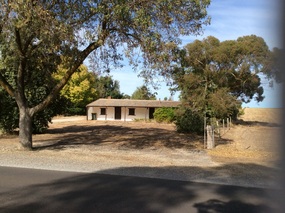


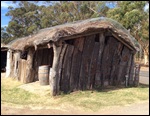
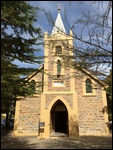
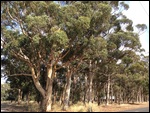
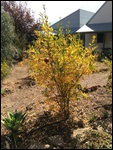
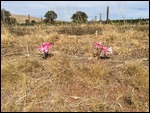
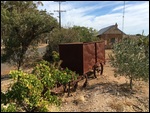
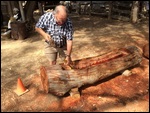
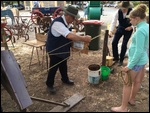
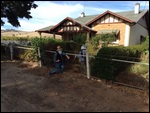
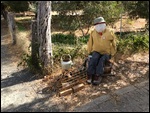
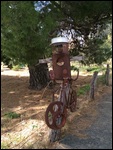
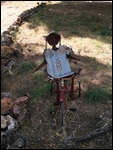
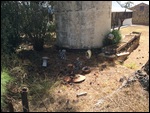
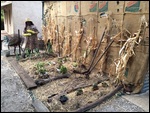
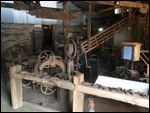
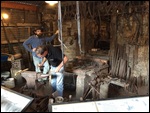
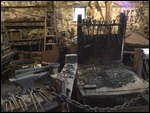
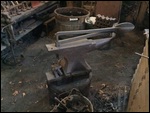
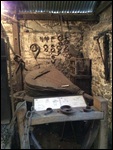
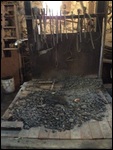
2025-05-23